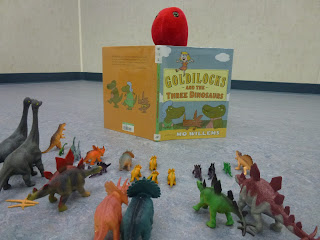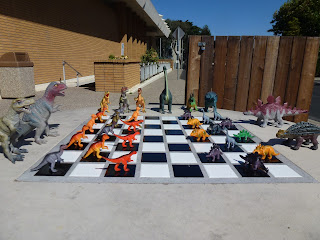- The Martian by Andy Weir
- The War that Saved My Life by Kimberly Bradley
- Red: A Crayon's Story by Michael Hall
- A Thousand Nights by E.K. Johnston
- Devoted by Jennifer Mathieu
- Love Monster by Rachel Bright
- Book Scavenger by Jennifer Bertman
- Roller Girl by Victoria Jamieson
- Miss Hazeltine's Home for Shy and Fearful Cats by Alicia Potter
- Dumplin' by Julie Murphy
Picture Books: 3
Middle Grade: 3
Young Adult: 3
Adult: 1
Fiction: 10
Non-fiction: 0
There have been years when most of my choices are non-fiction or most of my choices are young adult, etc. etc. This year I was pretty balanced across the age ranges, but didn't find any non-fiction books that I really loved. It will be interesting to see what happens next year.
What were your favorite books of this year?

















































